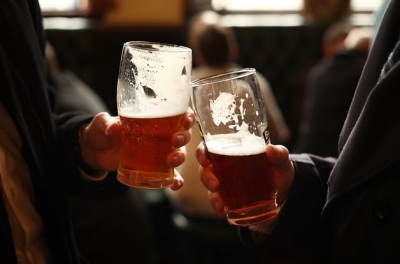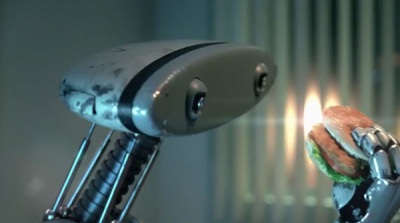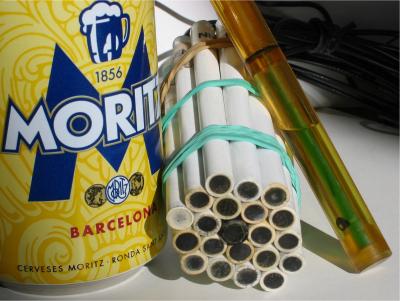Researchers have created an electronic tongue that can accurately identify different brands of beer 82% of the time.

While news of this development might seem silly, the technology could have a long-lasting impact on the robotics industry, as this is the first instance in which an analysis system has proven capable of mimicking the human sense of taste, and could lead to robots one day being equipped with the sense of taste.

The group that made this discovery is based out of the Autonomous University of Barcelona. Manel del Valle, the main author of the study, explains the technology:
“The concept of the electronic tongue consists in using a generic array of sensors, in other words with generic response to the various chemical compounds involved, which generate a varied spectrum of information with advanced tools for processing, pattern recognition and even artificial neural networks.”
The array of sensors the group used was formed of 21 ion-selective electrodes, including some with response to cations (ammonium, sodium), some with response to anions (nitrate, chloride), and some with generic (unspecified) response to the varieties being considered.

The system’s multidimensional response was recorded and analyzed to see how it was influenced by different types of beer. Following an initial analysis of the recording, they were able to change the system’s coordinates in order to view the grouping better.
“Using more powerful tools — supervised learning — and linear discriminant analysis did enable us to distinguish between the main categories of beer we studied: Schwarzbier, lager, double malt, Pilsen, Alsatian and low-alcohol,” Del Valle continues, “and with a success rate of 81.9%.”
The system’s effectiveness was validated when varieties of beers, including beer / soft drink mixes or foreign makes not familiar to the systsem could not be verified by the tongue.
“This application could be considered a sensor by software, as the ethanol present does not respond directly to the sensors used, which only respond to the ions present in the solution,” outlines the researcher.
The group’s study concludes that the tools they’ve developed could one day be used to replace tasters in the food industry, and improve the quality and reliability of products for consumption.
Story via eurekalert.org
Advertisement
Learn more about Electronic Products Magazine





